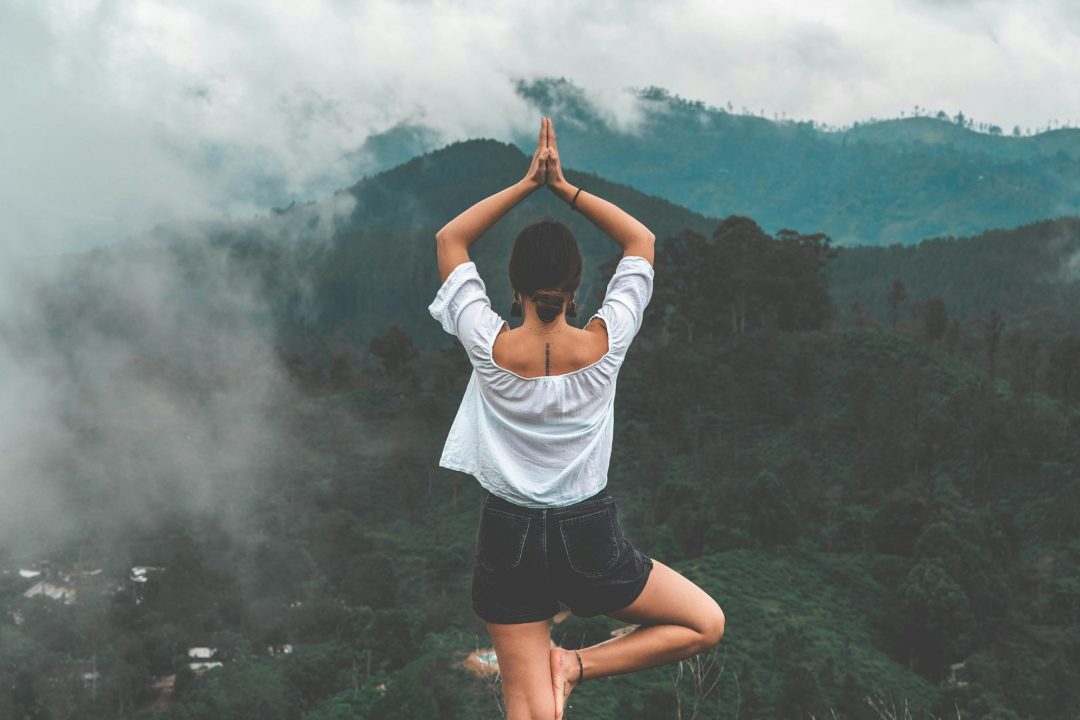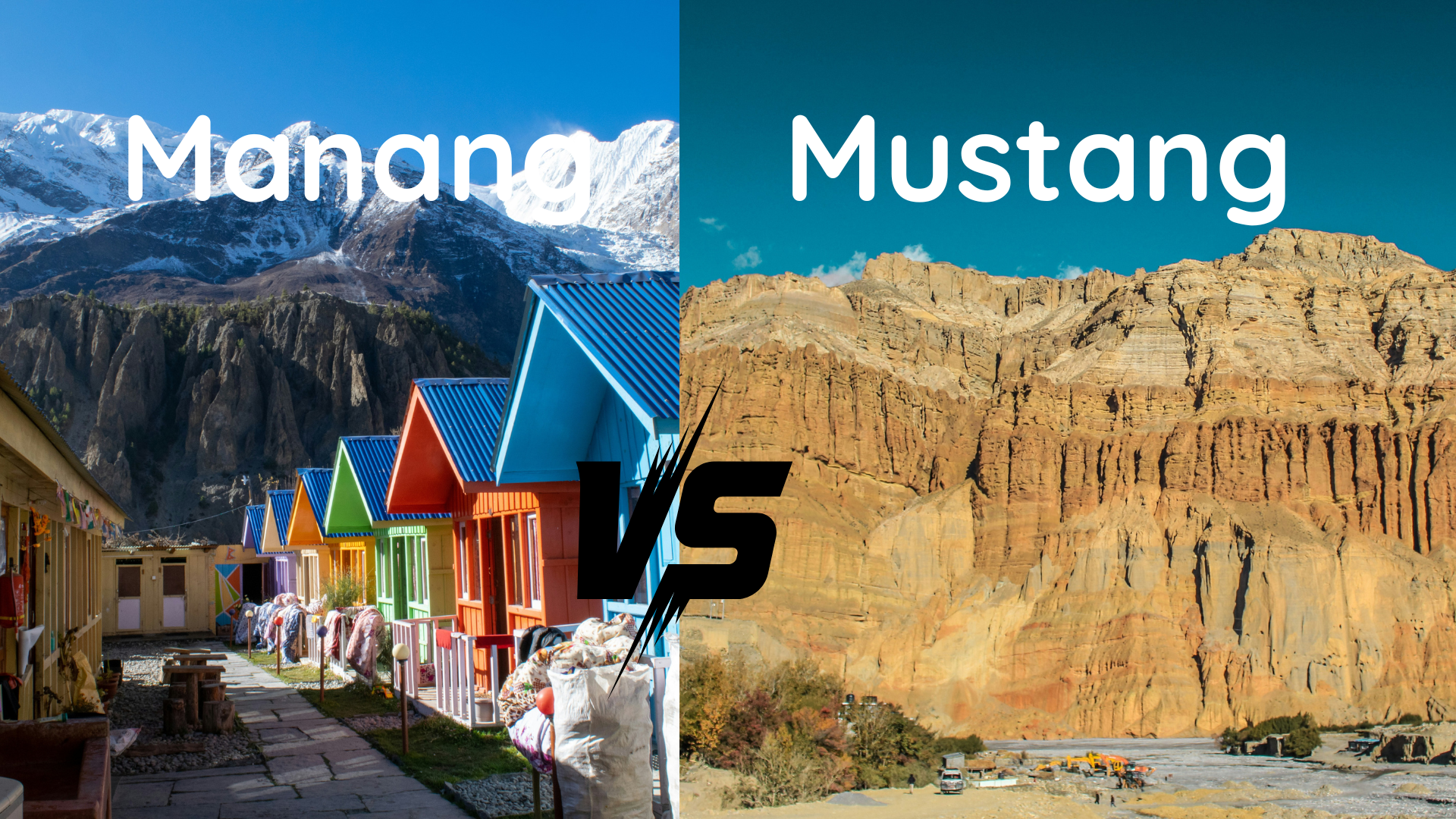Meaning of Namaste

Table of Contents
Namaste: The Sacred Greeting That Honors the Divine in All
When someone says namaste, you probably imagine a yoga teacher standing in a classroom at the end of the day with bone-pressed together palms to say a calm goodbye. Although not mistaken, this association only touches the tip of the iceberg of this deep Sanskrit compound that has traveled the space, time, and location between ancient spiritual literature and the contemporary wellness studio around the globe.
A thousand times farther than just a fashionable yoga-speak, namaste has a millennia-long history that has a specific spiritual meaning. This holistic greeting reflects ideas of respect, solidarity and appreciation of divine source within a human kind. The real meaning can transform our linkages with others and ourselves.
In this search, the readers will discover the true meaning of namaste and its historical background, including the best ways to welcome people with such a powerful greeting that appreciates the mindfulness and deep-rooted meaning it carries.
What is Namaste? Decoding the Word
Namaste is very beautiful in simplicity. The analogy of this Sanskrit word gives three key elements which are nama indication bow, as an indication of I, and te that indicates you. Combined, they constitute the literal meaning of bowing down to someone i.e. I bow to you.
Depending upon region and tradition, the pronunciation may differ a little bit, but the most widespread sounds like so: NAH-mas-tay. Depending on cultural grounds and local dialects, there are some changes in it, such as NAH-mas-teh (or nah-MAS-kar).
The accompaniment of namaste is also important. This hand position is also called Anjali Mudra where the palms are pressed together with the fingers pointing up, most commonly at the heart center. Thumbs are flat on the chest and this forms a connection between the hands and the heart chakra. This bodily sign increases the spiritual meaning of the greeting to become a word and also a practice.
The Deeper Spiritual Meaning
While namaste literally translates to “I bow to you,” its spiritual meaning goes much deeper. At its core, it’s an acknowledgment of the divine light or soul within each of us. When said with sincerity, namaste means, “The divine in me honors the divine in you.” It’s a powerful reminder that beneath all our differences—status, looks, background—we are connected by a shared inner light.
Namaste also invites humility and respect. The simple act of bowing isn’t about lowering ourselves, but about setting aside ego to recognize something greater: our shared humanity and spiritual unity. It honors not just the person in front of us, but the deeper bond that connects all living beings.
Origins and Cultural Context
Namaste also has ancient Sanskrit and Vedic tradition roots, and back then, it was not only a greeting- it was a spiritual gesture of acknowledging the divinity in others. Namaste, which was present in one of the oldest sacred texts- the Vedas, was employed to develop conscious connection.
It is used in numerous ways in Hinduism that ranges between the welcoming gesture to family and the older generation to offering worship to the gods and goddesses. Its gesture is extensively portrayed in the sculptures of the temples and on religious art as it is evident that it was very significant both on a spiritual and cultural scale.
Namaste also became the part of the other Indian religions, such as Buddhism and Jainism, wherein the tradition was used to show mutual respect and spiritual reverence to one another. It is the Buddhist prayer by the monks and in respectful meetings.
Namaste continues to be an important daily component in India and the rest of South Asia today. Those who do greet grandparents, those who do salute teachers, those who do show piety to their gurus, the same greeting is observed over time through different generations and generations.
How and When to Use Namaste

The right contextual use of namaste helps to make it respectful and heart-touching. What a lovely greeting it is to someone–whether it is a meeting for the first time or reacquaintance after long separation. The hand gesture used as an additional effect demonstrates that you are there and that you mean it.
Namaste is translated as, the divine in me respects the divine in you when said with sincerity. It is a strong reminder of how underneath all our differences in terms of status, looks, origin, we are all connected by a common inner light.
Namaste is welcoming to humility and respect. And the bow itself is not the humiliation that we need to lower, but the self-erasing that we must remove – to acknowledge someone more than ourselves: the existence of the other as a human being and spiritual brother. It does not only pay respect to the mere individual in front of us, but it respects the soul that unites all living creatures.
Beyond Words: The Power of the Gesture
The Anjali Mudra hand gesture gives deeper meaning to the word namaste, turning it into a mindful and heartfelt act. Pressing the palms together symbolizes unity—bringing together the left and right sides of the body, or the opposites within us. Placing the hands at the heart center, with thumbs gently touching the chest, highlights that this greeting comes from a place of sincerity and emotional depth.
This gesture encourages mindfulness and presence. It’s not something we can do casually or while distracted. It invites us to pause, be present, and connect authentically. The balanced, symmetrical position of the hands reflects harmony and respect—neither reaching out nor pulling away, but staying centered. Anjali Mudra turns a simple greeting into a moment of real spiritual connection.
Embracing the Sacred in Daily Connection

Namaste is more than just an exotic way to say “hello”, “welcome” or “goodbye.” It’s a meaningful practice that encourages conscious, respectful connection. Whether used in a yoga class, a religious place like a temple, or a simple exchange between friends, namaste has the power to turn everyday moments into something deeper and more sacred.
The next time you say namaste, take a moment to feel its purpose. Let it come from the heart—with respect, awareness, and kindness. By honoring its roots and using it with true intention, you’re not just greeting someone—you’re helping build a world grounded in respect, unity, and shared humanity.
Frequently Asked Questions About “Namaste”
What does namaste mean?
Namaste means “I bow to you” or “I honor the divine in you.”
What does it mean to say namaste?
It’s a respectful greeting that shows honor, peace, and humility.
What language is namaste?
Namaste comes from Sanskrit, an ancient language used in Nepal and India.
What is the spiritual meaning of namaste?
Spiritually, it means “the divine in me honors the divine in you.”
How do you respond when someone says namaste?
You can simply reply with “Namaste” and return the gesture.
Can Muslims say namaste?
Some Muslims may avoid it due to religious beliefs, while others may use it culturally. It depends on personal views.
Can a Christian say namaste?
Yes, many Christians use it in yoga or as a respectful greeting, depending on personal beliefs.
-
Mustang Jeep Tour Price: Everything You Need to Know
Imagine being on a road trip in the rough Himalayan terrain, with steep canyons and steep cliffs, mountain ranges, and vibrant monasteries lying flat on the open sky. This is […]
-
Manang or Mustang: Which Himalayan Gem is Your Perfect Match?
Deciding between Manang or Mustang for your next Nepal adventure? If you are confused about which one to choose, then this blog is for you. Two beautiful places known as […]
-
Top 10 Snowfall Destinations Near Kathmandu
As the winter has already begun in this year 2025, many people are wondering where they can go to enjoy snowfall near Kathmandu. To help you plan, we have brought […]












